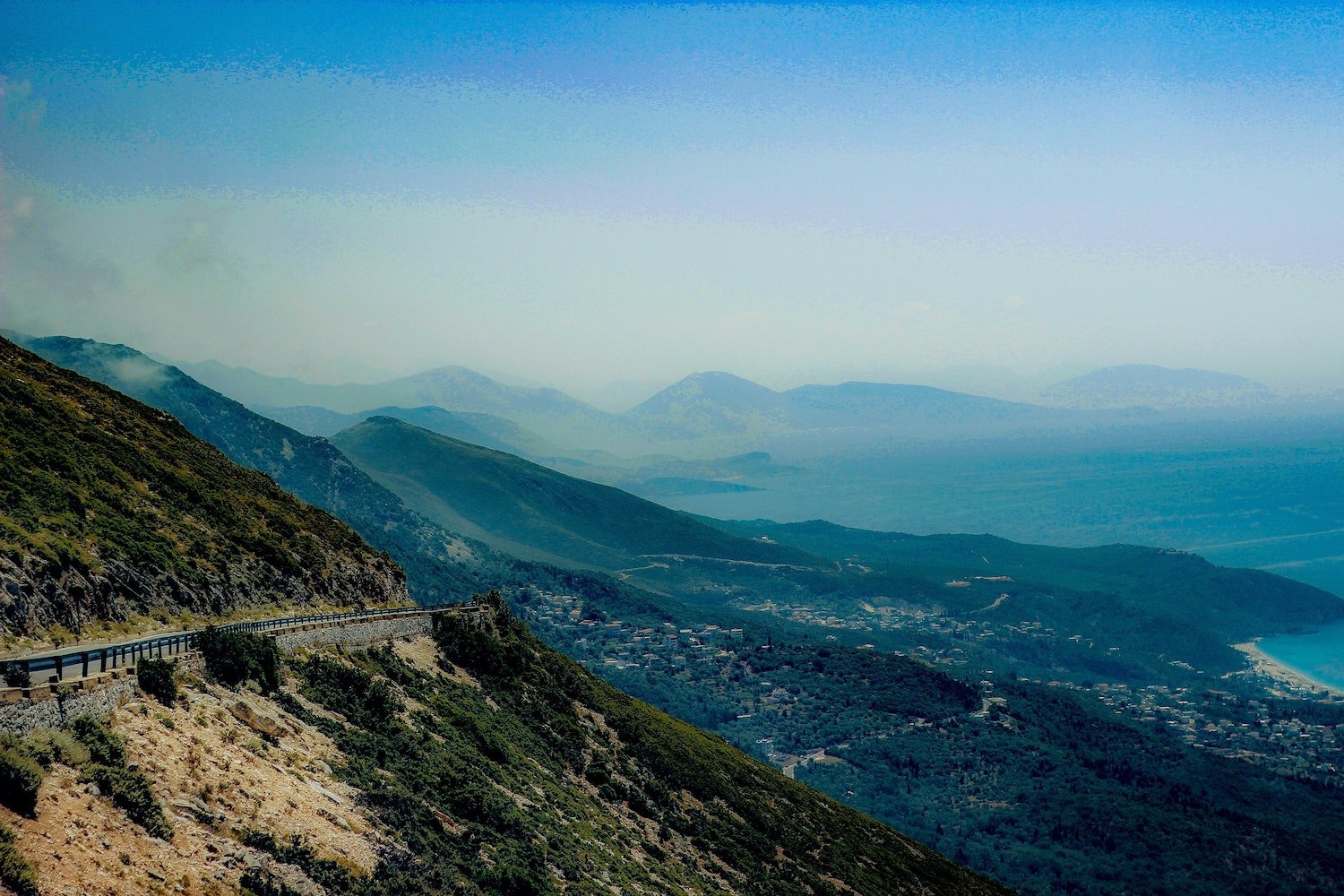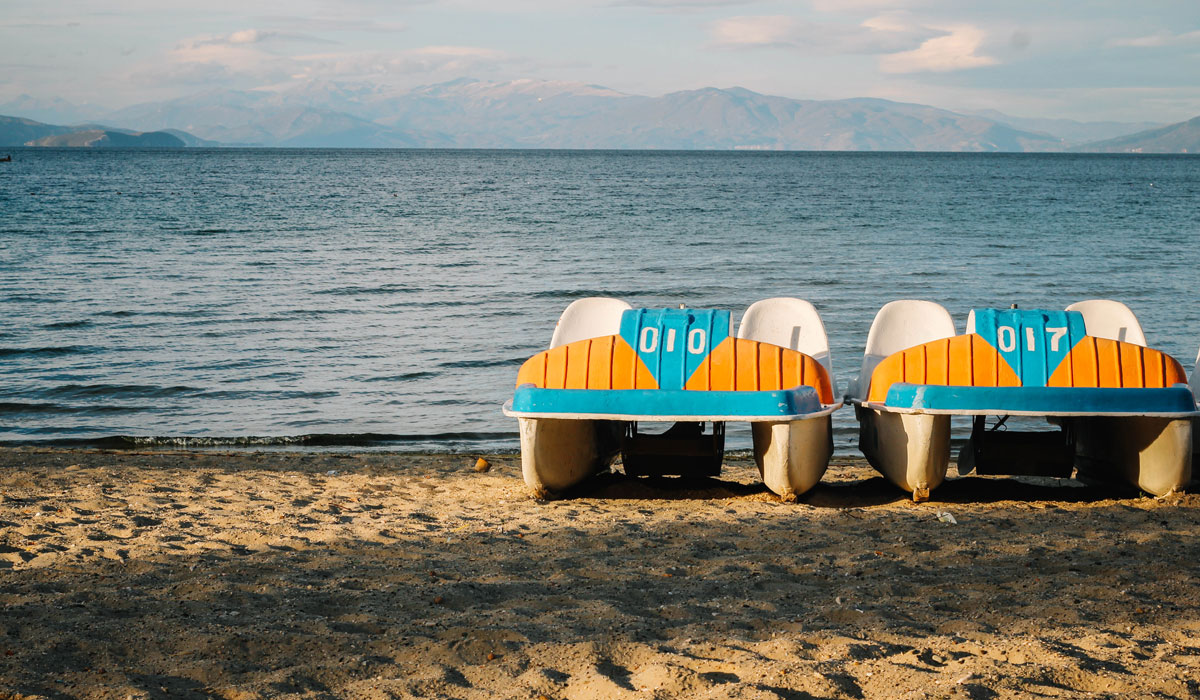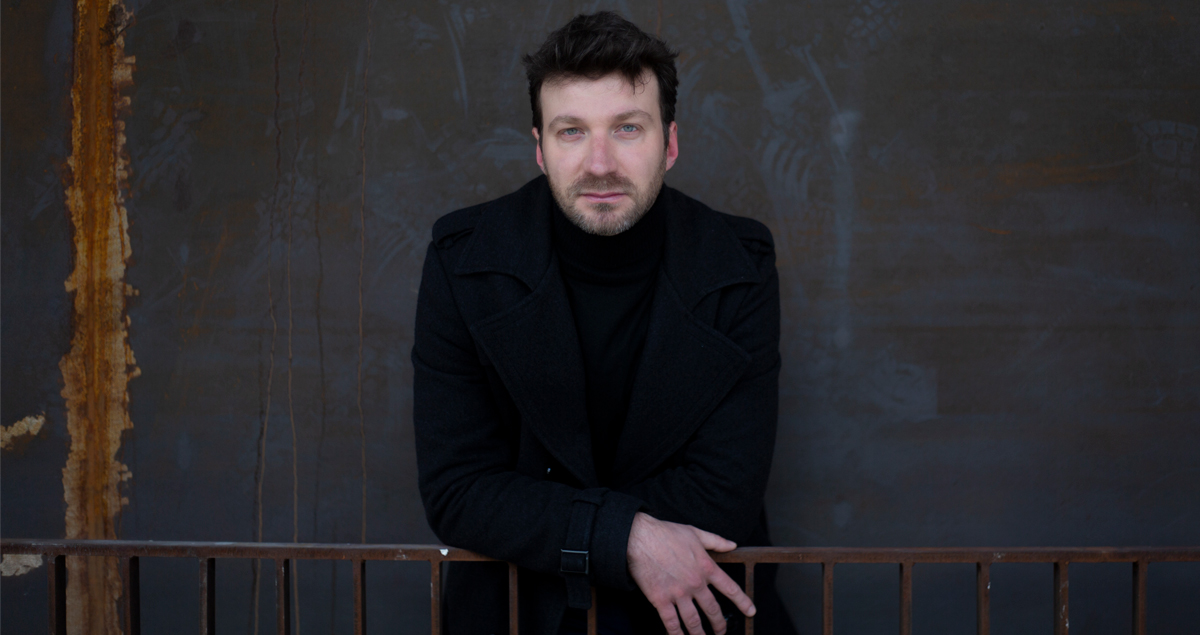A bunker for every citizen: photographing Albania’s remarkable communist relics
In the 1960s, Enver Hoxha, the communist leader of the People’s Socialist Republic of Albania, launched one of the most bizarre military-industrial projects of the Cold War-era. Increasingly paranoid about an impending attack from either the USSR or Yugoslavia, Hoxha ordered a bunker to be built for every Albanian citizen. Over the next 20 years, with the help of military engineer Josif Zagali, more than 700,000 bunkers were built across the country. Yet these concrete shelters were never used for war as originally intended. Found across beaches, mountains, city centres, and people’s backyards, today they stand as relics of an invasion that never happened.
Italian photographer Filippo Bardazzi travelled the entirety of Albania over two bunker-spotting trips in 2018. While some of the structures have been converted into museums and hostels, others have remained disused. “I wasn’t able to visit The Porto Palermo tunnel, a submarine bunker in southwestern Albania, since it is still a restricted military zone. But I did visit one underground [bunker] tunnel at Gjirokastër,” he says. “It is far from a tourist attraction — in fact, much of the original furniture is still inside, mouldy and rotten. The walls are covered in writing and inscriptions from the regime. The visit to Gjirokastër was fascinating and creepy at the same time, in part because it’s not an exhibit — you know that it is authentic.”
A command-and-control bunker, known as Pike Zjarri ("firing point") or PZ, in Bilisht, close to the border with Greece.
Of all the bunkers Bardazzi photographed, the most remote was in Bilisht in south-eastern Albania, close to the border with Greece — memorable for its security guards, made up of a pack of dogs. “Soon after the picture had been taken, me and my assistant were chased by a group of stray dogs,” he recalls. “We ran as fast as we could. They didn’t stop following us even when we got into the car: instead they continued barking and running after us for hundreds of metres.”
In rural Albania, the bunkers are used by farmers to store food or machinery. “In Tirana, as well as other cities, they have been converted into museums showing the atrocities of Enver Hoxha’s regime, and the abstruse paranoia of the Albanian intelligentsia.” Despite being symbols of socialist Albania’s isolationism, Bardazzi says that these structures are so ingrained on the Albanian landscape that they cannot simply be wiped out: “The truth is, removing or destroying all bunkers in the country would be an impossible venture — there are far too many to consider.”


